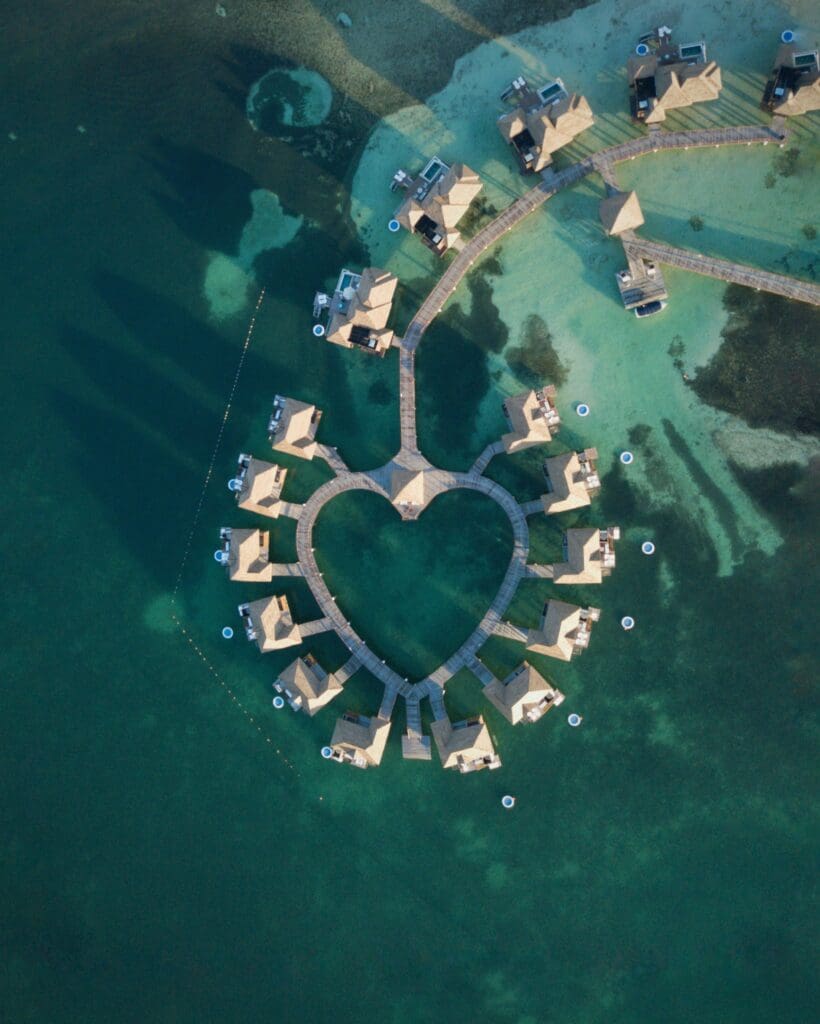Jamaica
Country Name: Jamaica
Capital City: Kingston
Population: Approximately 2.97 million (2024 est.)
Official Language: English; Jamaican Patois is also widely spoken
Currency: Jamaican Dollar (JMD)
Time Zone: Eastern Standard Time (EST), UTC -5




Diving Overview
Jamaica offers diverse diving experiences with its clear, warm waters, vibrant coral reefs, and numerous marine life. The island’s dive sites are ideal for both novice and experienced divers, featuring everything from shallow reefs to deeper wrecks.
- Number of Dive Sites: Over 200
- Types of Diving: Reef, wreck, wall, and drift diving.
- Marine Biodiversity Highlights: Sea turtles, rays, reef sharks, various species of tropical fish, and colorful coral reefs.
- Average Water Temperatures: 26-29°C (79-84°F).
- Visibility Range: 20-40 meters (66-131 feet).
Important Information
Optimal Dive Seasons
The best diving conditions are typically from December to April, with calm seas and good visibility.
Major Airports
Norman Manley International Airport (Kingston) ,Sangster International Airport (Montego Bay), Ian Fleming International Airport (Ocho Rios)
The Travel Tip
A 3mm wetsuit is generally sufficient for diving in Jamaica’s warm waters, but a shorty may be adequate in the summer months.
Weather Patterns
Jamaica has a tropical climate with a wet season from May to November and a dry season from December to April. The island is susceptible to hurricanes during the wet season.
Internal Transportation
Options include domestic flights, buses, taxis, and car rentals, providing connectivity across the island.
Attractions
Major attractions include Dunn’s River Falls, Blue Mountains, Bob Marley Museum, Negril’s Seven Mile Beach, and the historic town of Port Royal.
Top Dive Regions
Jamaica offers a variety of exciting dive locations, each with unique underwater landscapes and abundant marine life. From the vibrant coral reefs and marine parks of Montego Bay to the crystal-clear waters and extensive reefs of Negril, divers can explore a range of underwater environments. Ocho Rios provides a mix of reef and wreck dives, while the historic waters near Port Royal offer fascinating wreck dives that reveal Jamaica’s maritime history. These regions cater to divers of all levels, making Jamaica a premier destination for underwater exploration.

Montego Bay
Known for its marine park, Montego Bay offers vibrant coral reefs, diverse marine life, and the famous Widowmaker’s Cave.

Negril
Features crystal-clear waters, extensive coral reefs, and shallow dives perfect for beginners, as well as the Throne Room, a popular underwater cavern.

Ocho Rios
Offers a mix of reef and wreck diving, with sites like the Shipwreck Reef and Devil’s Reef providing varied underwater experiences.

Port Royal
Historical wreck dives near Port Royal offer a glimpse into Jamaica’s rich maritime history, with several sunken ships and artifacts to explore.
Marine Life
Jamaica’s marine life is rich and diverse, offering vibrant underwater experiences for divers and snorkelers. The coral reefs around the island are teeming with a variety of tropical fish, including angelfish, parrotfish, and sergeant majors. Larger marine animals such as sea turtles, stingrays, and eagle rays are commonly encountered, gliding gracefully through the warm Caribbean waters. Reef sharks can occasionally be spotted, adding to the thrill of diving in Jamaica. The island’s waters also host colorful corals, sponges, and sea fans, creating a dynamic and visually stunning underwater landscape. In addition, the presence of creatures like moray eels, lobsters, and various species of crabs and shrimp add to the biodiversity. Jamaica’s marine parks, such as the Montego Bay Marine Park, help protect these ecosystems, ensuring that the vibrant marine life thrives.
Common Species: Angelfish, parrotfish, sergeant majors, sea turtles, stingrays, eagle rays, reef sharks, moray eels, lobsters, crabs, and shrimp.
Seasonal Highlights: Sea turtles are frequently seen year-round, while eagle rays and reef sharks are more commonly spotted during the winter months. Coral spawning events, typically occurring in late summer, offer a unique and spectacular sight for divers.
-
Discover Jamaica’s Thrilling Dive Secrets: Top Scuba Spots
Discover the top diving sites in Jamaica, from vibrant coral reefs to exciting shipwrecks and marine life.



